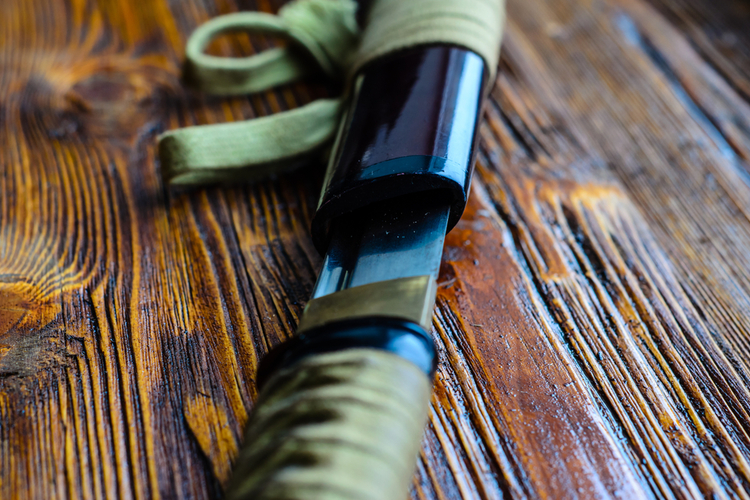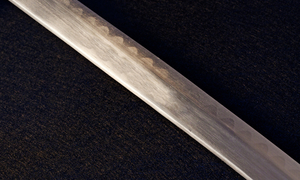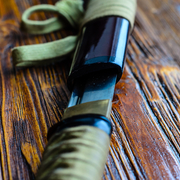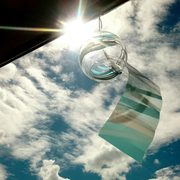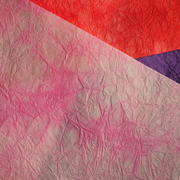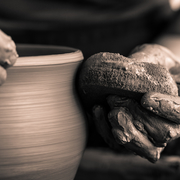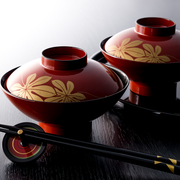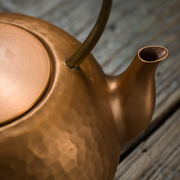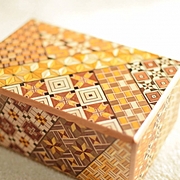“Katana Kaji is a name of profession of swordsmiths who make Japanese swords, and Japanese swordsmiths are sometimes called “Katana Kou (literary means “sword craftsman”) or “Kanata Sho (literary means sword master)” as well.
Japanese swords are curved and that are made with Japanese unique manufacturing methods including “Orikaeshi Tanren (multi-layer folding and forging).
This manufacturing style was developed in the late Heian period around the 11th and 12th centuries, and became the mainstream of Japanese swords. Since then, various shapes and kinds of swords were crafted by reflecting changes of times.
Typically, Japanese swords are categorized into four types: 太刀(Tachi) is a type of sword hanging from the waist with the blade down, 打刀(Uchi-gatana) is a general sword, blade edge facing upwards in the waist sash of samurai kimono, 脇差(Wakizashi) is a short type of sword between 30 cm 60 cm long, and the ones shorter than Wakizashi are called 短刀(Tanto).
In the medieval period where samurai governed the country, many swordsmiths emerged due to the high demand for swords.
Swordsmiths from the five provinces, Yamato (Nara), Yamashiro (Kyoto), Bizen (Okayama), Mino (Gifu), Sagami (Kanagawa) are well known for their premium grades, and they are called “五ヶ伝 (Gogaden), Top Five Swordsmith groups”.
Also, many talented swordsmiths such as Masamune and Sadamune from Sagami province and Muramasi from Ise province established themselves and left their names in later generations.
Japanese swords have been cherished not only as weapons but also considered a sacred art that symbolizes samurai sprit, which eventually integrated into the spirit of every single Japanese and passed from generation to generation.
Characteristics of Japanese Swords
Japanese swords satisfy all ideal qualities for knives “do not break, do not bend, and cuts well", despite the fact these conditions conflict each other, for example, when something is hard to break, it can be easily bent.
The masterwork of ingenuity and craftsmanship of swordsmiths have satisfied these contradicting conditions.
Additionally, its artistry is highly valued and treated as artistic crafts.

Manufacturing Processes of Japanese Swords
It is not too much exaggeration that the excellence of Japanese swords is truly supported by their unique and complex manufacturing processes.
Despite certain variance in manufacturing processes among different schools of sword makers, following are the generic manufacturing processes.
Japanese swords are made out of “Tama Hagane (Tama steel) which is made from iron sand heated with charcoal.
This process is called "Tatara ironmaking".
Tama Hagane is a type of steel that contains little amount of impurities that causes fragility.
H eat Treatment Processes
First of all, sword making starts with sorting Tama steel rocks.
Heated Tama steel rocks are hammered to elongate and flatten.
Then, they are plunged into water to cool down so that the brittle parts get purged out from the surface.
Next, chunks of Tama steel are broken into smaller pieces and sorted by the degree of hardness.
Then, pieces of Tama steel of the same hardness are stacked and wrapped together with rice paper, and clay water is poured and straw ash is sprinkled over the wrapping paper, then they are put into heat.
Heated Tama steel pieces are hammered until they become a single, uniform mass.
R epeated Forging & Folding

“Orikaeshi Tanren” is a process where a chunk of Tama steel is forged and folded multiple times to strengthen.
Heated Tama steel is hammered and stretched into a rectangle shape, and shallow cut marks are placed to fold back.
This process is repeated for 10 to 15 times.
When artisans hammer the surface of heated Tama steel with the cues from their swordsmith master, impurities are purged off from steel with red sparks.
The number of layers of iron is multiplied each time it is folded, which make the quality of iron firmed with viscosity.
In this forging process, two types of iron, hard iron (case iron) and soft iron (core iron) are made.
B lade Structuring
In this process, two types of iron with different hardness, case iron (hard) and iron core (soft), are combined and welded into a single mass.
This hybrid structure is a secret of Japanese swords "it does not break and does not bend, and cuts well".
There are several other ways of combining case iron and core iron, but the common way is to wrap core iron with case iron.
Combination of soft and hard iron creates a blade with harder and razor sharp cutting edge on its outer side, while inner soft part absorbs shock in a way which reduces the possibility of the blade breaking when used in combats.
Please keep in mind that this is not the only secret to making unbreakable swords.
Quenching process to be described in the next section makes swords stronger and more flexible.
Q uenching
Quenching is done after the heated iron is hammered and elongated into the shape of Katana.
Quenching is a process that uses the nature of iron that hardens when heated at high temperature and rapidly cooled.
Please note that it requires careful handling, as heated iron is rapidly quenched, there is a possibility that even the portion that is supposed to stay soft gets hardened as well.
In order to adjust the hardness of a blade depending on its portions, special clay called “Yakibatsuchi” is thinly applied to the cutting edge and thickly applied toward the ridge portion.
Yakibatsuchi plays a role of heat insulation in this process.
Entire blade is heated up to 800 C°, then plunged into water and cooled rapidly.
Please keep in mind that heating temperature is critical in this process.
If heating temperature is too high, the blade will crack: while if it is too low it cannot be heated.
This is why quenching is done in a dark room, so swordsmiths can visually check flame colors to judge if heat temperature is appropriate.
After a blade is heated at the right temperature, it is plunged into water.
In this process, curve of a blade is generated.
When the portion of the cutting edge with thinner Yakibatsuchi clay is quickly quenched into water, it turns into a hard structure called "martensite" and its volume of expansion is greater than the ridge portion of the blade with thicker clay.
This is how a curve of Japanese sword is generated.
Now, the entire body of a blade has been made strong and flexible with its cutting edge hard.
Here, the works of swordsmiths complete with finishing processes: sharpening and engraving their brand name.
Japanese swords are finished with further processes through the many more specialists such as “Togishi , sharpeners”.
By now you have seen crafted techniques are applied to Japanese swords such as repeated forging and folding, hybrid blade structuring, quenching with the use of Yakitsubachi clay, to name a few.
Japanese swords are the products of craftsmanship with full use of five senses and reliable techniques based on experience: flame colors, heating temperature, hammering force, positions and timing etc.
Beauty of Japanese Swords
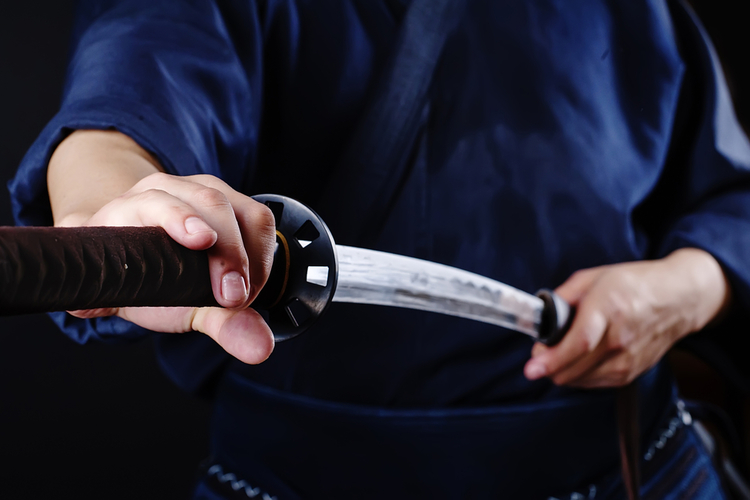
Japanese swords are also highly valued as artistic works.
Interestingly, the beauty of swords is brought out in the processes of pursuing their practicality.

